Andrew Dillon0-415-24059-X, 0415240603
Table of contents :
EEn
……Page 1
Designing Usable Electronic Text – 2nd Edition……Page 3
Contents……Page 5
Acknowledgements……Page 6
Introduction……Page 8
The emergence of electronic text……Page 9
The aims of the book……Page 11
The scope of the book……Page 12
A note on methods……Page 14
Outline of the book……Page 17
The emergence of usability as a design issue……Page 19
Usability as part of the product acceptability equation……Page 21
Extending the concern with usability: affect in interaction……Page 25
Model-based evaluations……Page 26
User-based tests……Page 27
Comparisons of methods……Page 28
What makes a technology more or less usable?……Page 30
Towards effective user-centred design processes……Page 31
Stakeholder identification……Page 33
User analysis……Page 34
Task analysis……Page 35
From analysis to specification and prototype……Page 36
Design and science: the product as conjecture……Page 38
Electronic documents as a technology?……Page 41
Introduction……Page 42
The outline of the review……Page 43
Outcome measures……Page 45
Speed……Page 46
Accuracy……Page 47
Comprehension……Page 49
Fatigue……Page 51
Preference……Page 53
Process measures……Page 54
Eye movements……Page 55
Manipulation……Page 56
Navigation……Page 57
Explaining the differences: a classification of issues……Page 58
Orientation……Page 59
Handling and manipulation: controls, scrolling and paging……Page 60
Perceptual sources of difference……Page 62
Flicker……Page 63
Image polarity……Page 64
Display characteristics……Page 65
Anti-aliasing……Page 66
The interaction of display variables: the image quality hypothesis……Page 67
Short-term memory for text……Page 68
Visual memory for location……Page 69
Schematic representations of documents……Page 71
Searching……Page 73
Social differences……Page 74
General conclusion: so what do we know now?……Page 75
Introduction……Page 77
The problem of theoretical description for human factors work……Page 81
The levels of description problem in user experience design……Page 83
Identifying an appropriate abstraction: the vertical slice……Page 84
Conclusions and the way forward……Page 88
Introduction……Page 91
Reader-perceived distinctions between texts……Page 94
Readers, texts and tasks……Page 96
Results……Page 97
The texts……Page 98
Cluster 2: Personal reading material……Page 100
Cluster 3: Detailed lengthy reading material……Page 101
From text types to context types: implications for design……Page 103
Conclusions and the way forward……Page 105
Introduction……Page 107
Describing text usage: the situated simulation method……Page 108
Why read a text?……Page 112
INFORMATION STRUCTURE……Page 114
How are texts read?……Page 116
Summarising the usage data……Page 120
Conclusions and the way forward……Page 121
Introduction……Page 123
Tangibility and the concept of structure in documents……Page 124
Schema theory as an explanatory framework for information structure……Page 127
Levels of schema instantiation: landmarks, routes and surveys……Page 128
Can we consider documents as navigable structures?……Page 129
Navigable structures and electronic space……Page 131
Beyond navigation: the spatial-semantics of information shape……Page 132
Examining the spatial-semantics of information shapes……Page 134
The spatial-semantic model of information shape perception……Page 136
From shapes to digital genres……Page 138
Conclusions……Page 139
Theory versus empiricism: the strained role of users in the design process……Page 141
The TIMEframe……Page 143
Information modelling (I)……Page 145
Visual ergonomics (E)……Page 146
Interactions between the elements……Page 147
Information model to task model ( I -> T)……Page 148
Visual ergonomics to information model ( E -> I)……Page 149
Why a multilevelled framework?……Page 150
TIME as design tool……Page 151
Qualitative versus quantitative representations……Page 153
The utility of the proposed framework……Page 156
Readers, tasks and texts……Page 158
The application of the framework to the location task……Page 159
Estimating document size……Page 162
Navigation……Page 163
Searching for precise information……Page 164
Evidence for the interactive elements from readers’ protocols……Page 165
Applying the framework to the description of academic article usage……Page 170
Readers, texts and tasks……Page 173
The effects of medium, text and question on performance……Page 174
The effect of target position on performance……Page 175
Discussion of results……Page 177
TIMEframes for usability walkthroughs……Page 179
Worked example: a TIMEframe for a digital newspaper scenario……Page 181
Conclusion……Page 183
Describing reading at an appropriate level of abstraction……Page 184
The scope of the framework……Page 187
The framework as context provider for research findings……Page 188
Designing in TIME……Page 190
Specifying the design process for e-texts……Page 192
General conclusion……Page 193
The continuing prospects for electronic text……Page 194
Appendix……Page 197
Bibliography……Page 204
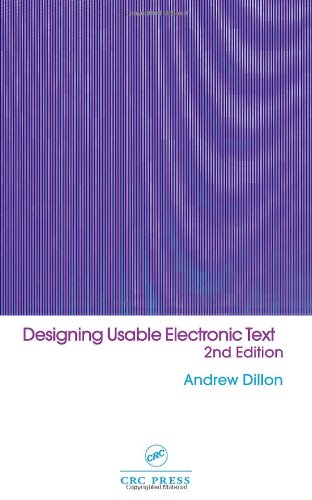
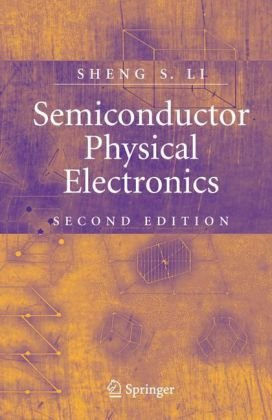
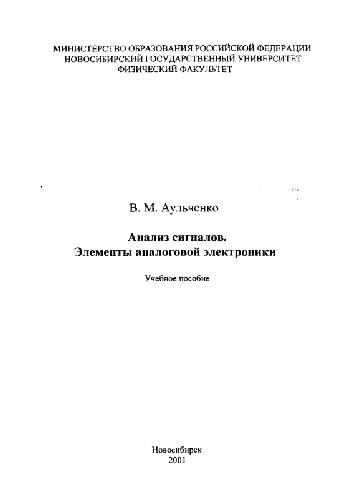
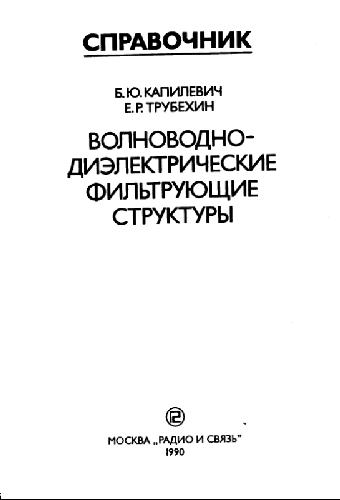
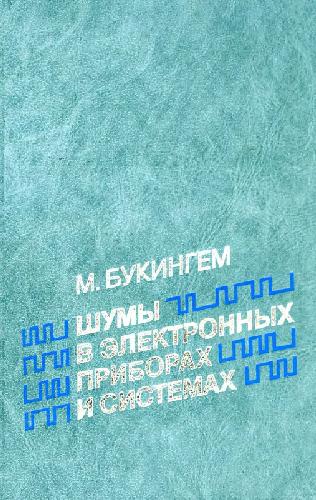
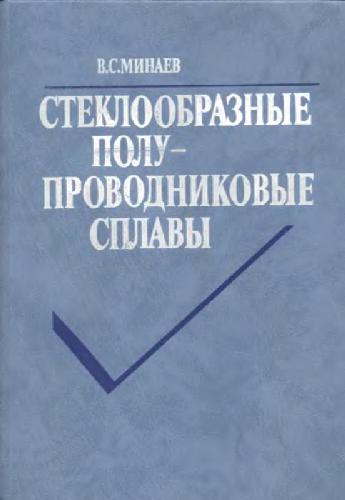
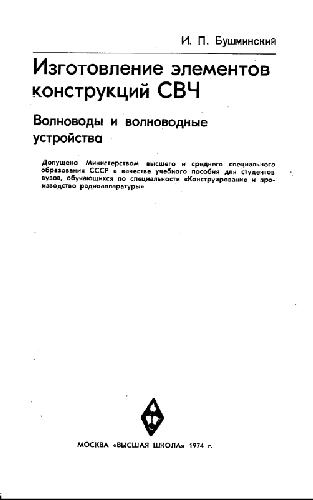
Reviews
There are no reviews yet.